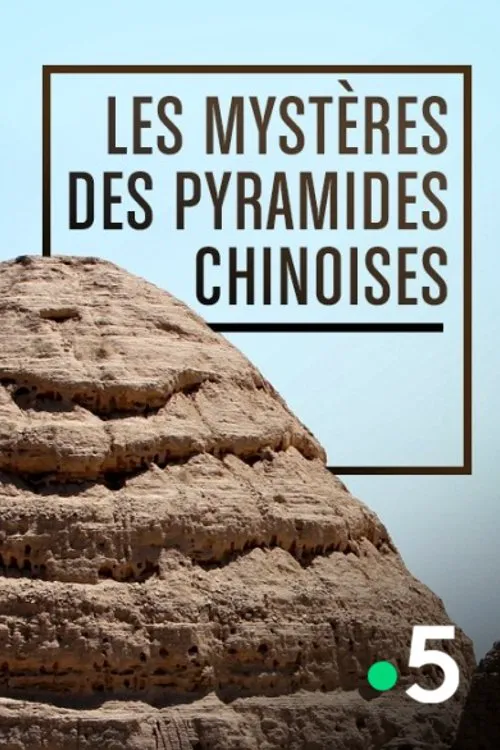China's Lost Pyramids

Trama
Deep within the rolling hills of China lies a mysterious region, shrouded in the mists of time, and cloaked in the grandeur of history. For centuries, archaeologists and historians have marveled at the existence of China's lost pyramids – a collection of colossal tombs that seem to defy the conventional understanding of ancient Chinese history. These stupendous structures, rivaling their Egyptian counterparts in majesty, whisper secrets of a bygone era, a time when the Chinese nation was forged under the rule of its first emperor, Qin Shi Huang. It was in 221 BC that China's first emperor, Qin Shi Huang, united warring kingdoms and created a vast, centralized nation that would endure for millennia. In a bold stroke of ambition, this visionary ruler set out to surpass his predecessors, not just in the scope of his conquests, but in the grandeur of his legacies. He commissioned the construction of a massive mortuary complex, one that would surpass its Egyptian counterparts in sheer scale and opulence. Thousands of workers toiled tirelessly, their sweat and blood fueling the creation of a monumental tomb, a testament to the power and majesty of the Chinese Empire. The construction of these pyramids, though, came at a terrible cost. The national treasury was drained, leaving the nation financially debilitated. Thousands of workers were oppressed and coerced into laboring under extreme conditions, their lives often cut short by the harsh realities of their circumstances. Yet, despite the human cost, the result was nothing short of breathtaking – a collection of pyramids that would stand the test of time, their grandeur a lasting testament to the ambition and vision of Qin Shi Huang. Though the tombs of the lesser Han aristocrats, who rose to power after the fall of the Qin dynasty, offer a glimpse into the lives of their rulers, it is the pyramids themselves that hold the greatest secrets. The Han dynasty, which ruled China for much of ancient and imperial history, built their own mortuary complexes, each more extravagant than the last. But unlike their Egyptian counterparts, whose tombs have been extensively excavated and studied, the Han tombs in China remain largely unopened, their secrets locked behind the door of time. Yet, it is from the tombs of the lesser aristocrats that we catch a glimpse of the incredible sophistication and attention to detail that characterized Han tomb-building. Underlying these tombs are complete underground palaces, equipped with kitchens, toilets, and even elaborate drainage systems – a testament to the ingenuity and craftsmanship of the Han dynasty's engineers. These finds, though not as famous as the Egyptian pyramids, are no less impressive, and speak to the enduring legacy of a civilization that left its mark on the sands of time. One of the most intriguing finds from the Han tombs is a corpse so well-preserved that it defies explanation. Some believe that the Han dynasty's tomb-builders possessed knowledge of a long-lost art – the engineering of immortality. While this is likely a fanciful notion, the preservation of this corpse is nothing short of astonishing. It speaks to the advanced state of mummification and preservation techniques employed by the Han, and hints at a deep understanding of the human body and its relationship to death. The lost pyramids of China hold more than just historical significance; they represent a bridge to the past, a testament to the incredible achievements of ancient civilizations. Though we may never fully unlock the secrets of these enigmatic structures, their allure lies in the mystery itself – a mystery waiting to be solved, a tale of ancient China's forgotten glories yet to be told. As we stand at the threshold of this unexplored world, we are reminded of the enduring legacy of human ingenuity, creativity, and ambition – a legacy that will forever shape the course of our understanding of the world.
Reseñas
Recomendaciones



